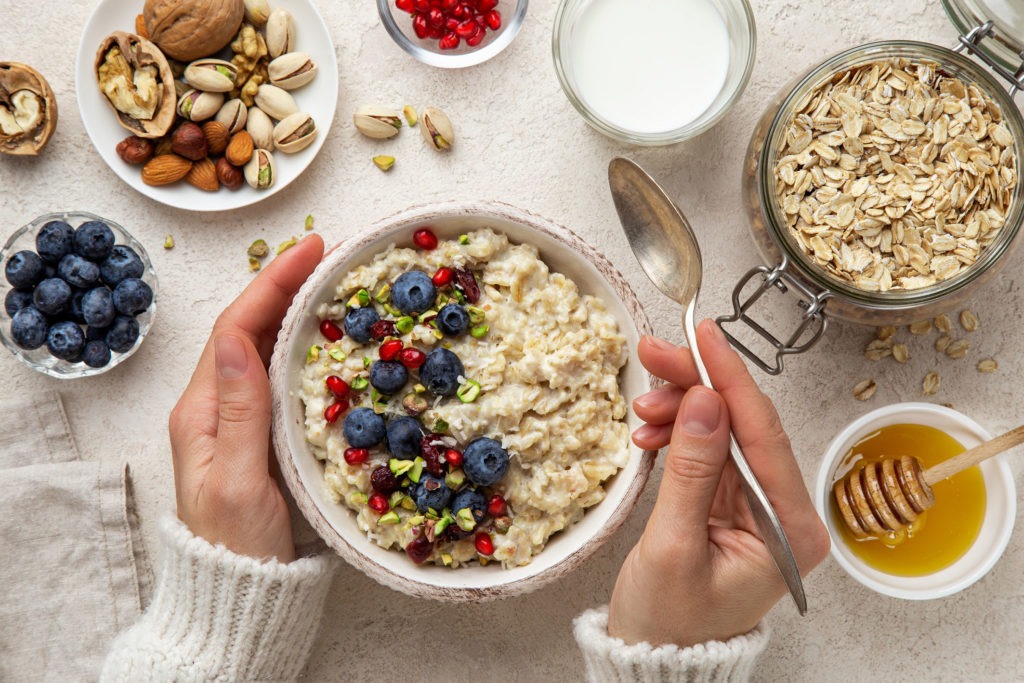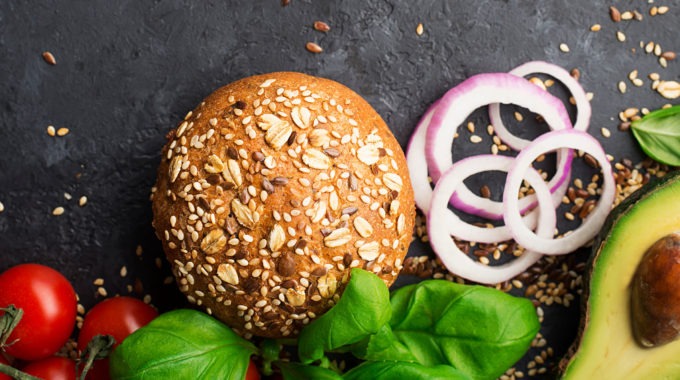How whole grains could us save billions
This Whole Grain Week (June 21-27), the Grains and Legumes Nutrition Council (GLNC) has released research that shows Australia could make healthcare savings of more than $1.4 billion annually in the treatment of heart disease and type 2 diabetes simply by swapping just three serves a day of refined grain foods to whole grains.
The new research calculated the savings in healthcare costs and lost productivity associated with reductions in heart disease and type 2 diabetes from increased consumption of wholegrain foods.
Conducted by investigators from the GLNC – the independent Australian authority on the nutrition and health benefits of grains and legumes – and an expert from Kuwait University, this is the first research to quantify healthcare savings associated with meeting the daily target intake (DTI) for whole grains in Australia. These findings could have substantial implications for policymakers. They could also provide strong evidence for further strengthening messaging regarding whole grains in the national dietary guidelines.

Grains for good
Dr Sara Grafenauer, Accredited Practicing Dietitian and Managing Director of GLNC, says heart disease and type 2 diabetes are major health issues in Australia. These findings only further highlight the importance of whole grains in a healthy diet. Previous data from the 2019 Global Burden of Disease Study also found that a low intake of whole grains is the second greatest dietary risk factor for mortality, globally.
“Eating three serves of whole grains daily is known to reduce the risk of heart disease by 13 percent and type 2 diabetes by 32 percent,” she says. “Given we know diets low in whole grains are the second leading dietary risk factor for disease and death in Australia, the outcomes of this study highlight the need for dietary change.
“This finding shows a large potential impact on disease prevention. It also endorses the need for greater promotion of whole grains in dietary guidelines and product labelling.”
The most recent data shows only 27 percent of Australians meet the recommended 48-gram DTI for whole grains. If 50 percent were to meet the DTI, there could be $734 million in savings; there would be savings of more than $1.4 billion if 100 percent met this target.

We’re halfway there
As in other parts of the world, Australians fall short of many suggested targets in national dietary guidelines. While the DTI is 48 grams for Australians over the age of nine, the most recent National Nutrition and Physical Activity Survey found the average daily whole grain intake was 21 grams in adults. This leaves a daily gap of 27 grams.
Dr Grafenauer says the good news is many Australians are already halfway to their wholegrain daily target of 48 grams. You can easily obtain three 16-gram servings by substituting refined grains for whole grains.
“By focusing on wholegrain breakfast cereals and wholemeal bread – the two largest sources of whole grains for Australians – target levels for whole grains could be achieved with minimal change to regular eating habits,” she says. “A simple swap to a wholegrain option could have a powerful impact on your health, as well as the economy.”

Make the switch
Grains and grain-based foods are a key food category in dietary recommendations. They provide a range of important nutrients and dietary fibre. Since 1979, the Australian Dietary Guidelines have promoted wholegrain choices. The current guidelines point to “mostly” wholegrain and/or high-fibre cereal varieties. Examples suggested in the guidelines are breads, cereals, rice, pasta, noodles, polenta, couscous, crackers, oats, quinoa and barley. It’s recommended that two-thirds of these are wholegrain varieties.
The GLNC has a range of resources to help you increase your intake of whole grains. Check out this video on how to swap out refined grains for whole grains. There’s also an e-book with easy-to-make wholegrain recipes and a searchable wholegrain product database. The GLNC website has loads more recipes and info on the latest evidence around grains.









